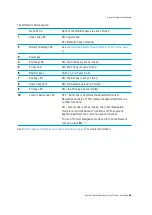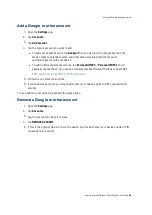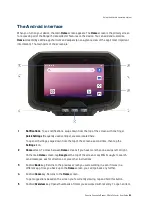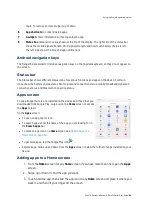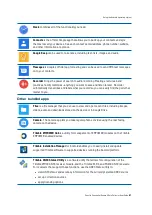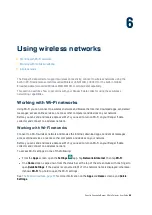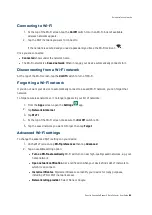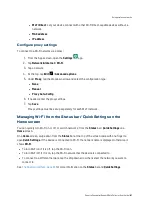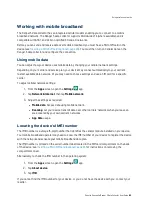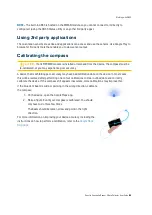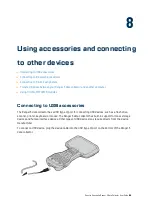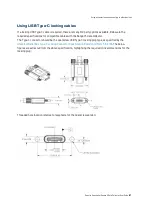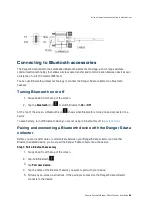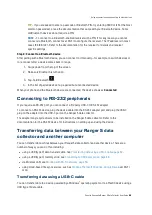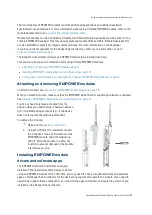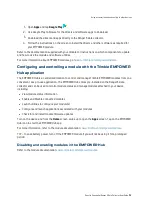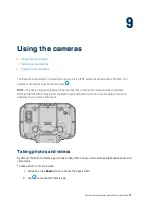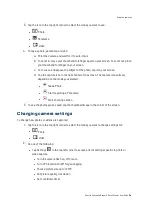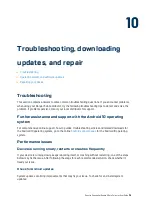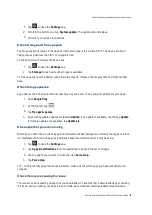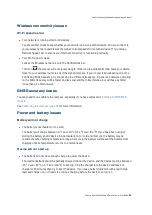
Working with GNSS
Using the GNSS Status Utility
Using 3rd party applications
Calibrating the compass
The Ranger 5 data collector has a built-in 10 m accuracy GNSS (Global Navigation Satellite System)
receiver module, and an integrated antenna with automatic SBAS corrections. The integrated receiver
supports SBAS satellites under normal conditions.
The Ranger 5 data collector supports most of the external Spectra Geospatial GNSS receivers, as well as
the submeter Trimble EMPOWER EM100 GNSS receiver module. Refer to the documentation for the
receiver you want to use, and check the specifications and connection options. If you want to connect
via Bluetooth make sure your receiver is capable of using a Bluetooth PIN; older receivers may not
connect due to the security expectations of the Android operating system.
You cannot use an external antenna with the data collector's integrated GNSS receiver. For advanced
GNSS setups, use a survey grade receiver, or the EM100 GNSS receiver module; refer to the
EMPOWER module user documentation
for more information. With a GNSS L1/L-band GNSS module you
can receive GNSS positions with submeter accuracy.
You cannot postprocess GNSS data from the internal receiver. If you want raw GNSS data for
postprocessing, use an external GNSS receiver or the EM100 GNSS receiver module; refer to the
EMPOWER module user documentation
for more information.
Using the GNSS Status Utility
The Trimble GNSS Status utility allows you to configure the EM100 GNSS receiver module, and the R1, R2,
and PG200 GNSS receivers. For receivers that support these functions, use the GNSS Status utility to:
l
view GNSS status and accuracy information for the currently selected GNSS source
l
set up correction sources
l
apply licensing options
l
configure NMEA output
If required, you can update or download it from Google Play.
7
Spectra Geospatial Ranger 5 Data Collector User Guide |
64

